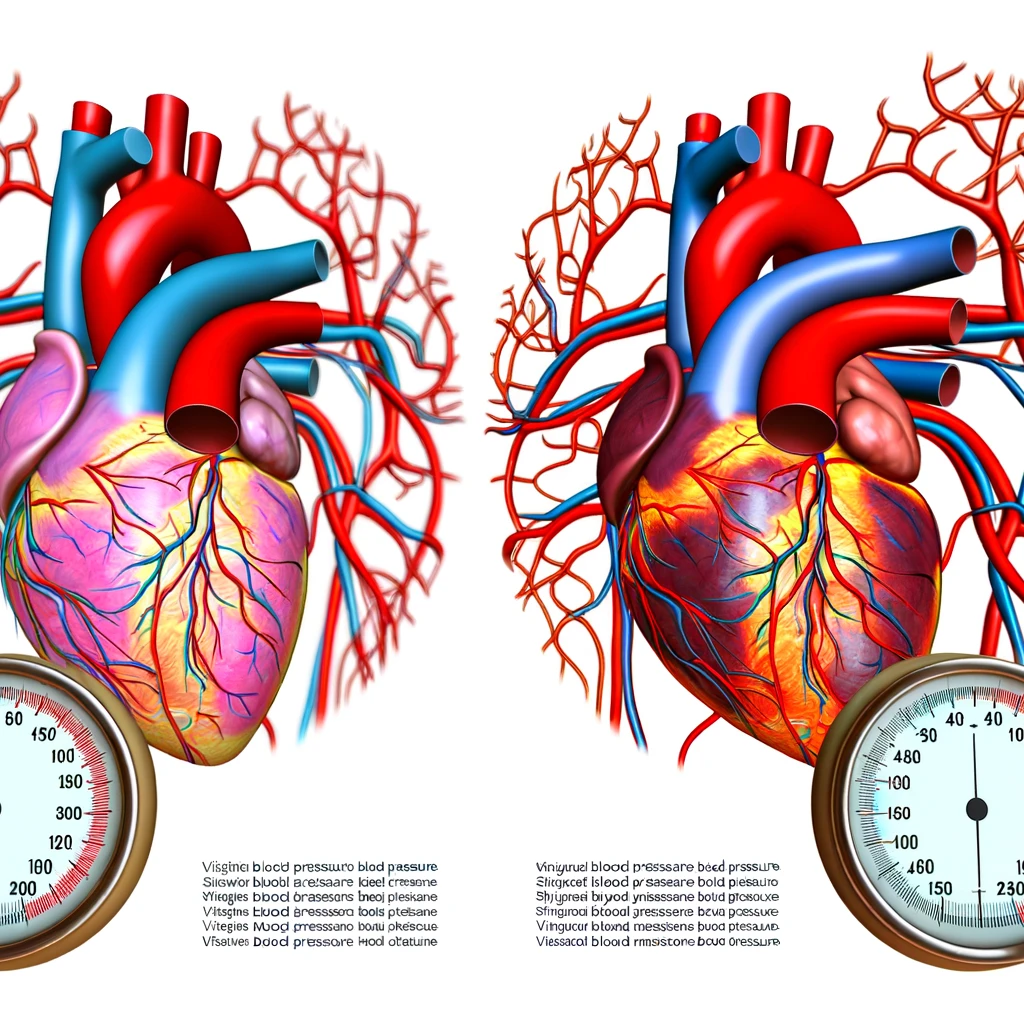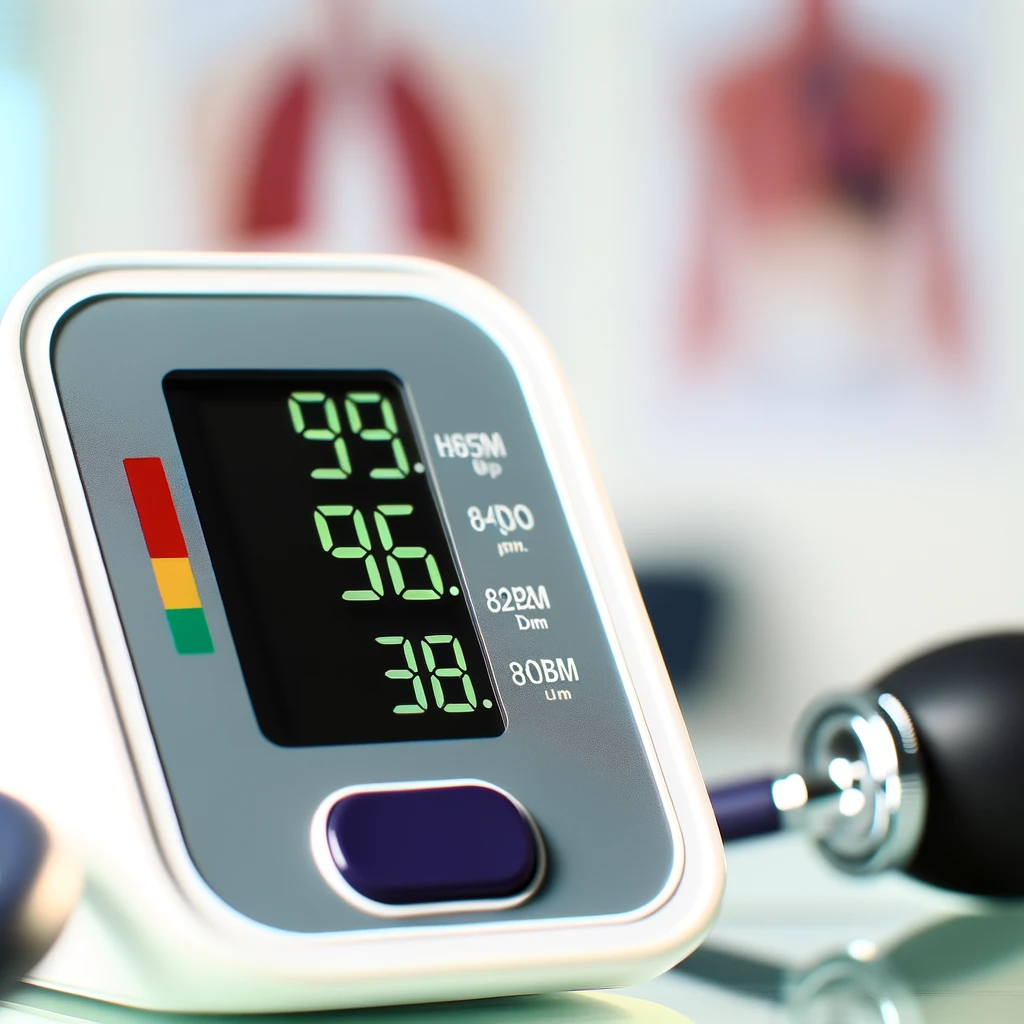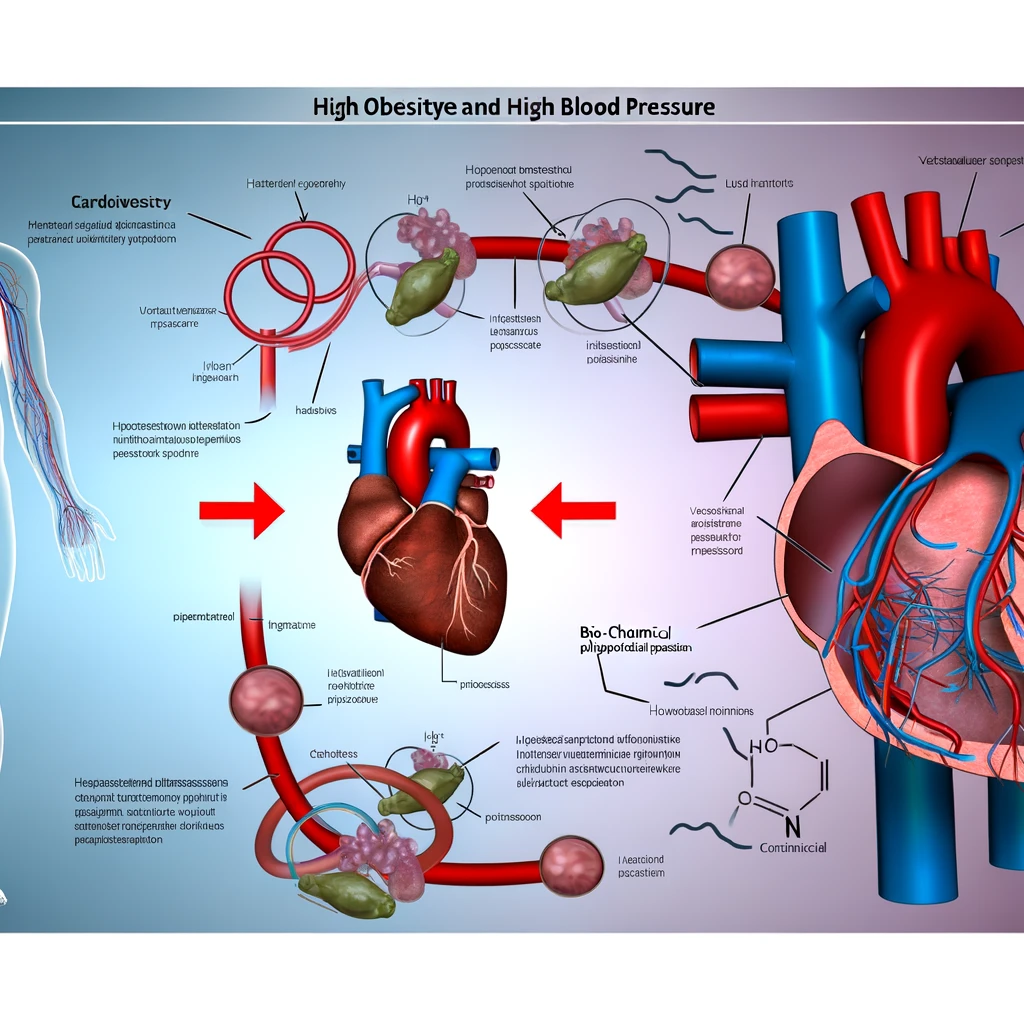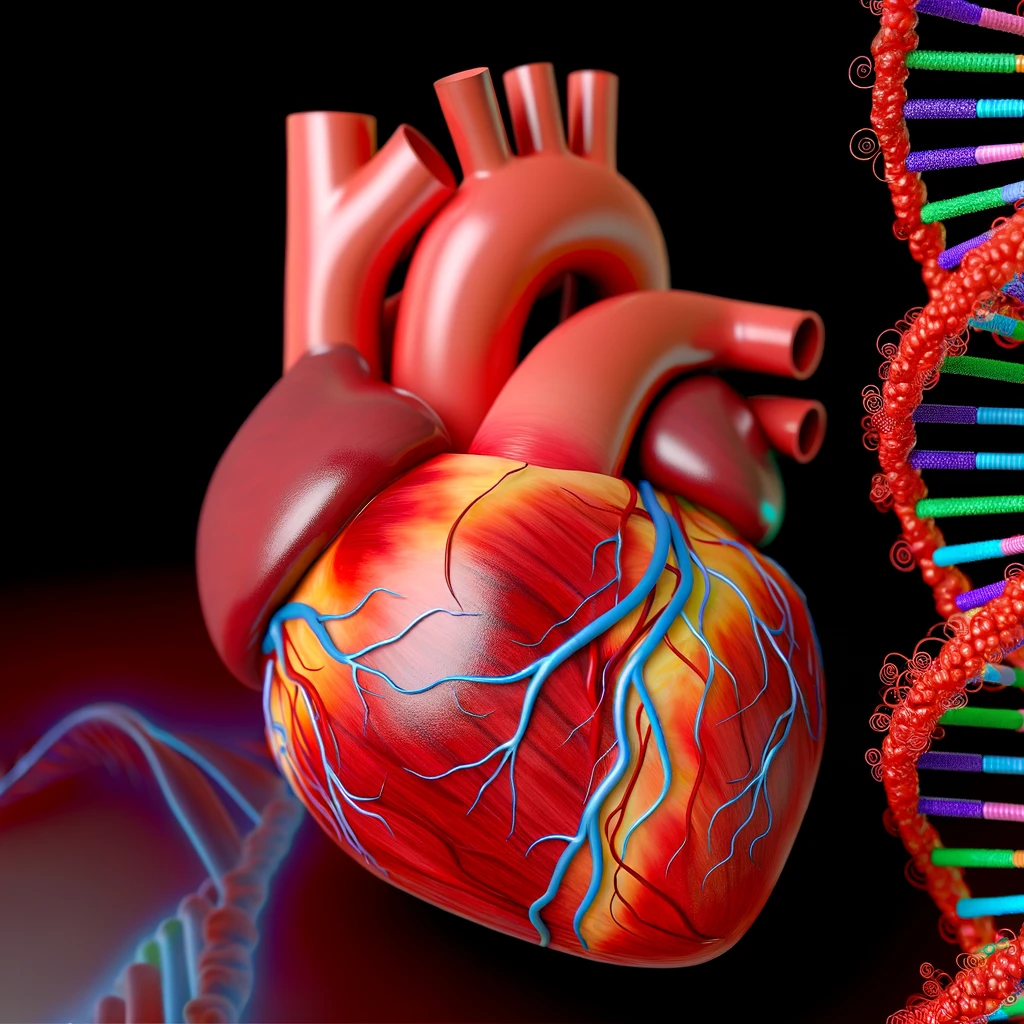
Exploring the Symptoms of High and Low Blood Pressure
Blood pressure is a vital sign that reflects the force exerted by circulating blood on the walls of blood vessels. It is a critical indicator of cardiovascular health. Understanding the symptoms associated with both high and low blood pressure can help individuals manage their health more effectively.
Understanding Blood Pressure
Blood pressure is measured in millimeters of mercury (mmHg) and is expressed with two numbers: systolic pressure over diastolic pressure. A normal reading is typically around 120/80 mmHg.
What is High Blood Pressure?
High blood pressure, or hypertension, occurs when the force of the blood against the artery walls is consistently too high. It is often called the 'silent killer' because it may not present noticeable symptoms until significant damage has occurred.
Symptoms of High Blood Pressure
- Severe headaches
- Fatigue or confusion
- Vision problems
- Chest pain
- Difficulty breathing
- Irregular heartbeat
- Blood in the urine
These symptoms can indicate a hypertensive crisis, which requires immediate medical attention.
What is Low Blood Pressure?
Low blood pressure, or hypotension, is characterized by a blood pressure reading lower than 90/60 mmHg. While it might seem desirable, excessively low blood pressure can cause issues.
Symptoms of Low Blood Pressure
- Dizziness or lightheadedness
- Fainting
- Blurred or fading vision
- Nausea
- Fatigue
- Lack of concentration
These symptoms often arise when standing up suddenly or after eating.
Causes of High and Low Blood Pressure
Causes of High Blood Pressure
Factors contributing to high blood pressure include:
- Poor diet, especially high salt intake
- Lack of physical activity
- Excessive alcohol consumption
- Stress
- Genetic predisposition
Causes of Low Blood Pressure
Low blood pressure can result from:
- Dehydration
- Heart problems
- Endocrine disorders
- Severe infection
- Blood loss
Managing Blood Pressure Levels
Managing High Blood Pressure
Effective strategies include:
- Adopting a balanced, low-sodium diet
- Regular physical exercise
- Limiting alcohol and avoiding tobacco
- Managing stress through relaxation techniques
- Regular monitoring and medication adherence
Managing Low Blood Pressure
For those with low blood pressure:
- Increase salt intake cautiously
- Drink more fluids to prevent dehydration
- Wear compression stockings if advised
- Slowly change positions to reduce dizziness
- Consult a healthcare provider for underlying conditions
Conclusion
Understanding the symptoms and causes of high and low blood pressure is crucial for maintaining optimal health. Regular check-ups and lifestyle modifications can significantly reduce the risks associated with abnormal blood pressure levels. Always consult healthcare professionals for personalized advice and treatment plans.
Related Articles




